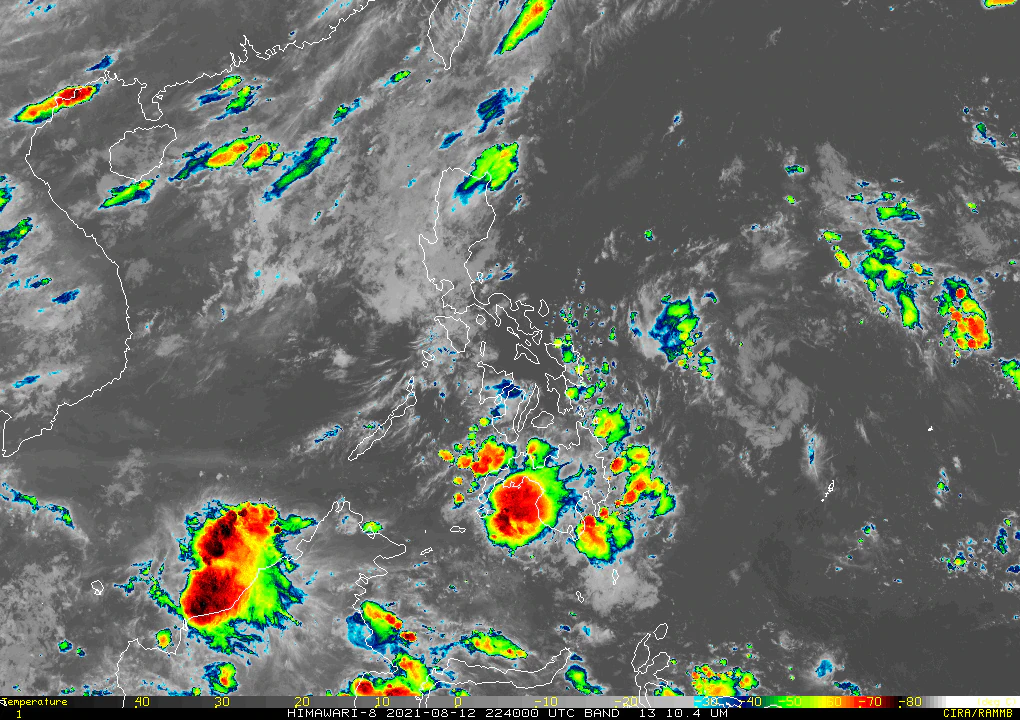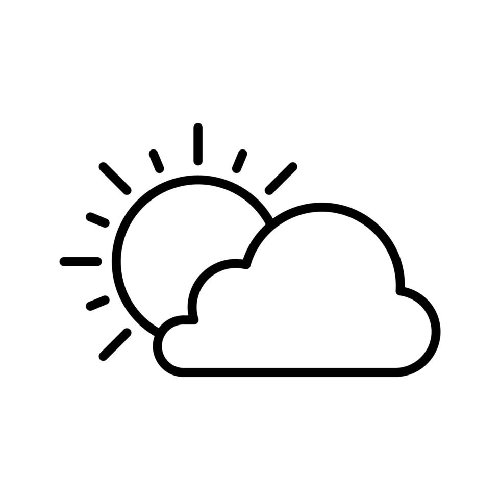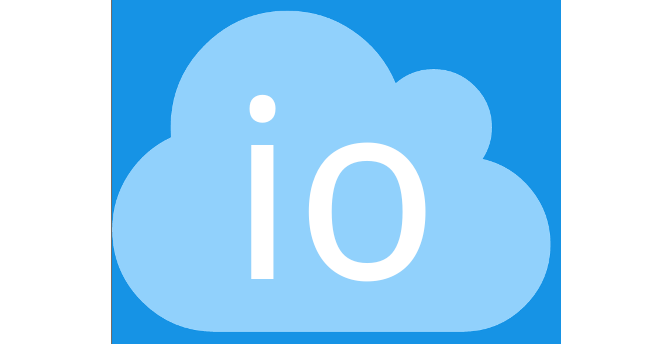Artificial intelligence is a critical tool for meteorologists to make sense of billions of unstructured weather data points produced by satellites, ground sensors, radar, and more. With advanced machine learning algorithms and computing power from IBM, meteorologists at The Weather Company can use the data to simulate atmospheric conditions and better anticipate the weather.
Many organizations rely on reliable, actionable weather forecasts to succeed. In fact, there are whole sectors, such as shipping, on-demand, energy, and supply chain, where weather conditions have a substantial impact on daily operations (to name just a few). Weather forecasting is also part of the lives of millions of citizens who plan their routines, clothing, and activities according to the weather.
Accurate forecasts are crucial not only to keep consumers informed but also to deliver AI across industries to help them prepare for and respond to weather events. This is why many companies have opted to integrate these forecasting tools into their own work platforms, or websites through the use of Weather APIs.
You already probably utilize a lot of APIs as a developer to carry out various operations in your apps or throughout your website. When it comes to integration and the diversity of data sources, weather APIs are comparable to map APIs. Each service provider gathers, analyses, and aggregates meteorological and other pertinent weather data before making it available through API.
What Is The Impact Of Weather APIs?
The right weather API, for instance, makes it simple to pull weather forecast data for a web or mobile application you are developing. With the help of this data, you may build web and mobile apps with updates and notifications that are specifically tailored to your needs. You can want very different features from a weather API depending on whether you’re developing an app, including weather data in your software platform, or developing a new Alexa skill. We can be of assistance here! Some APIs will match your needs more effectively than others depending on your priorities.
Since it offers an all-in-one endpoint with 80 different data categories, including weather, air quality, pollen, road risk, and fire index, as well as historical, real-time, and forecast weather data globally, Tomorrow.io’s API is a well-known one in the market. However, there are other weather APIs available, each with its own set of features, varied prices, and varying levels of dependability. Some even target particular towns or markets with distinctive characteristics for agricultural uses or monitoring air quality. Choosing a weather API might be challenging given the wide range of options available.
Best Alternatives To Tomorrow.io
1. Current Weather and Forecasted Weather API
Current Weather and Forecasted Weather API has a huge database that will allow you to know the weather in real-time anywhere in the world. It has a sophisticated search system that allows you to search by city, location, or zip code. You will be able to get the forecast for up to 5 days in 3-hour intervals. This API works with the best of AI and is very easy to integrate into all kinds of platforms as it supports most programming languages.
2. OpenWeatherMap
Weather data APIs are available from OpenWeatherMap for various timeline data types. Weather information is gathered from over 40,000 weather stations globally and meteorological broadcast services as part of a solution that was inspired by crowdsourcing initiatives like Wikipedia. In addition to the 5 days/3 hours forecast API, weather alerts, and a weather map.
3. Weatherbit
For forecasts, historical data, and additional meteorological information like air quality, soil temperature, and soil moisture, Weatherbit provides 5 distinct APIs. Weatherbit combines machine learning and AI to assist predict the weather by gathering data from weather stations and other conventional sources.





